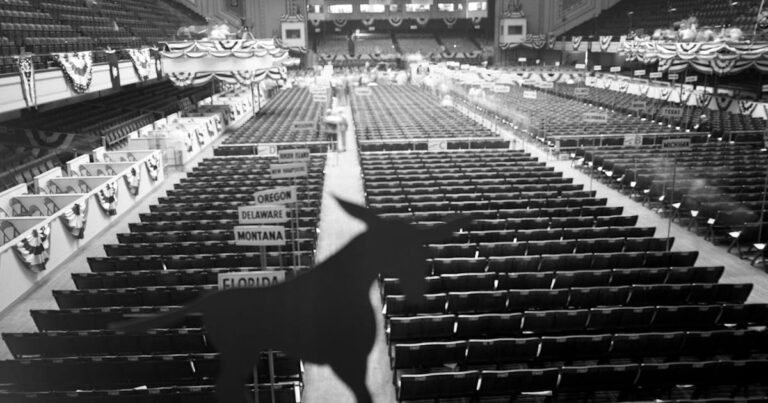The Hollow Party: American Party Politics’ Many Pasts and Troublesome Present
In both cases, the parties presented weak opposition to their presidential candidates. In their new book, Hollow Party, Tracing the rise and fall of the national party system, political scientists Daniel Schlozman and Sam Rosenfeld warn of a decades-long process of decline. I recently spoke with Schlozman and Rosenfeld about the Democrats’ switch to Kamala Harris, the New Right’s long march through the Republican Party, and the future of the party system. The conversation has been edited for length and clarity.
Ben Metzner: As the title of your book suggests, you describe American political parties as “hollow parties.” What do you mean by that, and how did you come up with the evocative metaphor of hollowness to capture the pathology of our politics?
Sam Rosenfeld: When I started this work eight years ago, I was inspired by the contradictory and paradoxical events that were happening at the same time in political parties. During this time, party discipline has strengthened in voting behavior in Congress. Party leaders in Congress, especially on the Democratic side, but also on the Republican side to some extent, have become more central and influential than before. The number of formal parties at the national level has increased, and their fundraising capacity has also improved over time. In other words, the competitive pressures of polarization have made the party system stronger in some ways. However, even though parties have become more ever-present than before, there is a clear inability of parties to make coordinated collective decisions; both internally in prioritizing the agenda for nominations and power grabs, and externally in cooperating in shaping and influencing the conflicts that surround politics and society.


